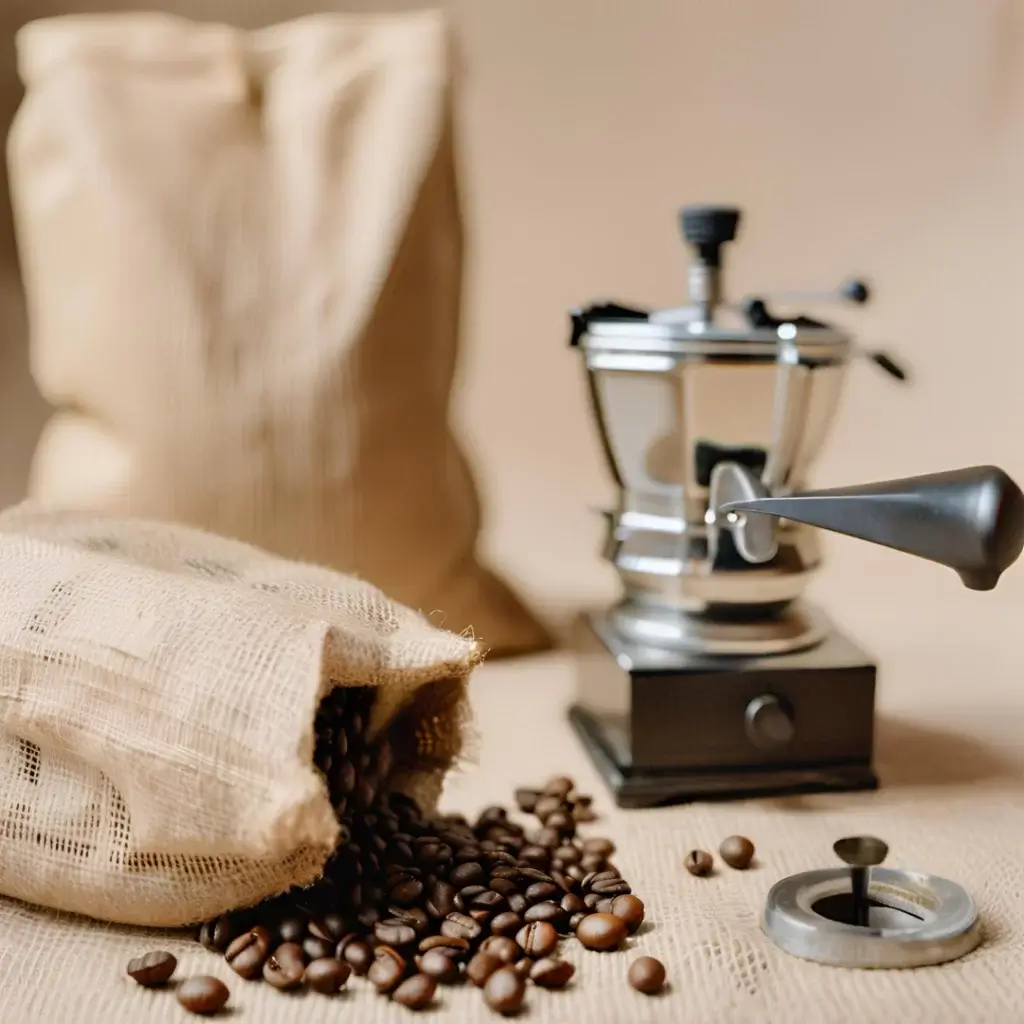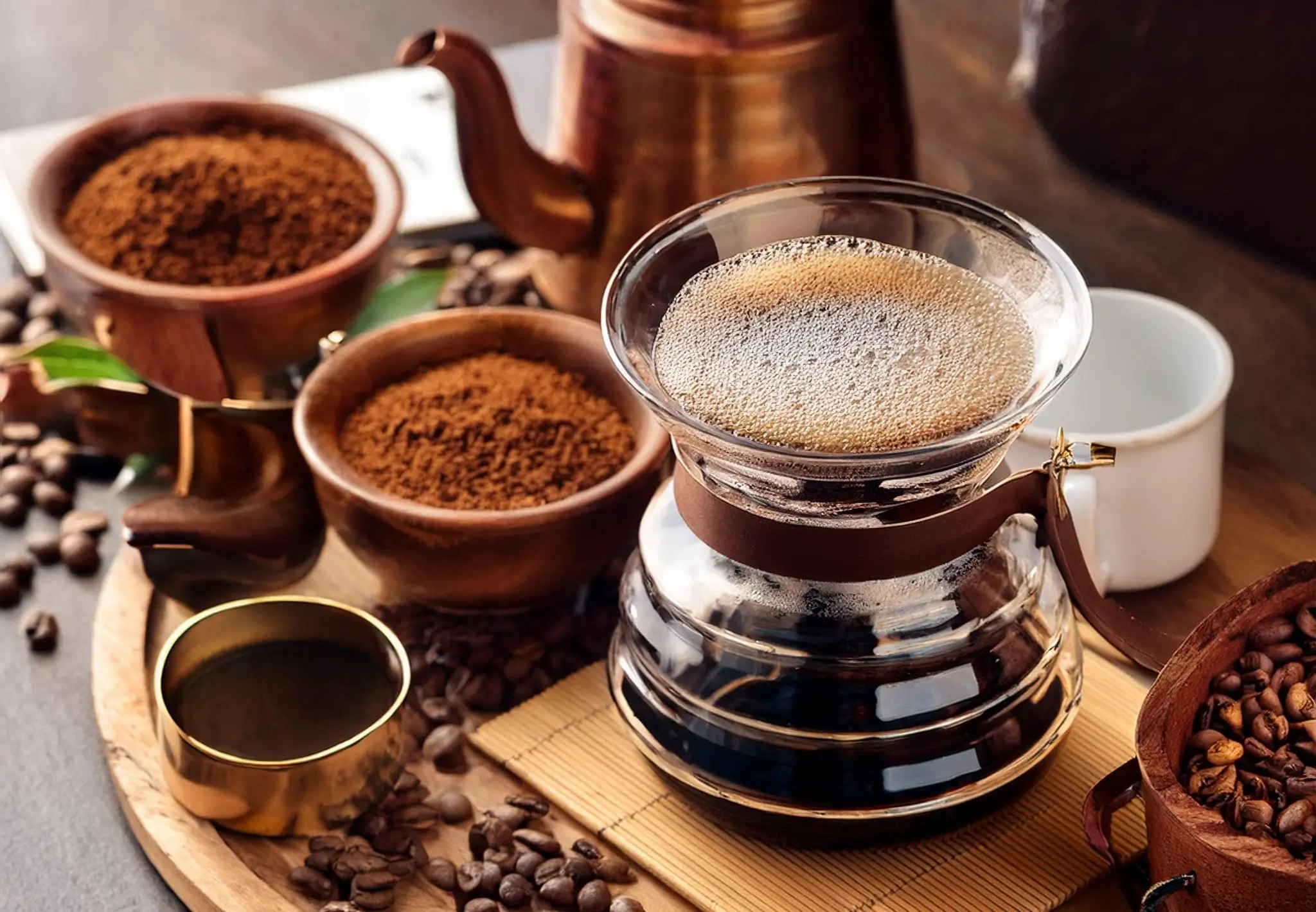The pursuit of the perfect cup of coffee is a lifelong journey for many of us. But the secret to unlocking the full potential of your coffee beans lies not in the roast, nor the brewing method, but in the often-overlooked art of coffee grinding. The right grind size can make all the difference between a bitter, under-extracted mess and a sublime, expertly-balanced cup. In this comprehensive guide, we’ll delve into the world of coffee grinding, exploring the different grind sizes, their ideal uses, and the techniques to achieve them. Whether you’re a coffee newbie or a seasoned aficionado, get ready to elevate your coffee game and discover the perfect cup you’ve been searching for.
Coffee Grind Sizes
The world of coffee bean grind sizes can be a daunting one, with a multitude of options available to confuse. Powdery dust of espresso grinds to the coarse, chunky texture of French press, each grind size is tailored to bring out the unique characteristics of your chosen coffee beans.
Fine grinds, such as those used for espresso and Turkish coffee, allow for a high-pressure extraction that yields a rich, intense flavor. Medium grinds, perfect for drip brewing and pour-overs, strike a balance between flavor and body, while coarse grinds, used for French press and cold brew, result in a more nuanced, laid-back flavor profile. And then, of course, there are the in-between grinds, each with their own unique strengths and weaknesses.
Grind Coffee Bean Size Size in Coffee Brewing
The importance of grind size in coffee brewing is often overlooked, but it can greatly affect the overall coffee-making process. If the grind size is too fine or too coarse, it can result in under-extracted or over-extracted coffee, or even channeling, resulting in a disappointing cup. However, when the grind size is just right for the brewing method, it can bring out a range of flavors, scents, and textures in the coffee, taking it from average to exceptional.
Choosing the Right Grind Size for Your Brewing Method

The art of daily grind coffee is a delicate one, and the perfect cup begins with the perfect grind size. But, with so many brewing methods to choose from, it can be overwhelming to determine the ideal grind size for your daily cup. A grind size that’s too fine can lead to over-extraction and a bitter taste, while a grind size that’s too coarse can result in under-extraction and a weak, watery flavor.
Types of Coffee Grinders
Blade Grinders
Blade grinders are a common and budget-friendly option for grinding coffee. They work by using rotating blades to chop the beans into smaller pieces. While blade grinders are cost-effective, they may not provide consistent grind sizes due to their chopping motion. This inconsistency can lead to uneven extraction during the brewing process, affecting the overall flavor of the coffee.
Burr Grinders
Burr grinders are known for their precision and ability to produce consistent grind sizes. They operate by crushing coffee beans between two burrs, resulting in evenly sized particles. This uniformity in grind size allows for a more balanced extraction, enhancing the flavor of the brewed coffee. Burr grinders come in both flat and conical options, each offering a different brewing experience. Although burr grinders are pricier than blade grinders, their performance and reliability make them a popular choice among coffee enthusiasts.
When selecting a coffee grinder, it’s important to think about factors such as the consistency of the grind size, compatibility with your brewing method, and your budget. Choosing between a blade grinder and a burr grinder can greatly affect the quality of your coffee. By understanding the distinctions between these types of grinders, you can make an informed choice that perfectly matches your brewing and taste preferences.
How Long To Grind Coffee Beans?
The amount of time you spend grinding your coffee beans is an essential step in making the best cup of coffee. It is important to find the right balance between getting the best flavor and avoiding any bitter taste from grinding too much. The time needed for grinding can vary depending on the type of coffee, the coarseness of the grind, and the grinder being used. Generally, a burr grinder will need less time to grind compared to a blade grinder, since burr grinders crush the beans instead of slicing them. For a French press, aim for a grind time of 30-40 seconds to achieve a coarse texture. For pour-over or drip coffee, go for a medium grind and grind for 10-20 seconds. For espresso, grind for a short 5-10 seconds to get a fine texture. Remember to experiment to find the best grind time for your personal taste. With practice, you will soon learn how to brew the perfect cup of coffee.
How Much Coffee Beans To Grind?
The perfect grind size is key to getting the best flavor from your coffee beans. It’s not just about grinding any amount and hoping for the best. The right grind size depends on your brewing method and your taste preferences. For example, a French press needs a coarse grind for the best extraction, while a drip brewer needs a medium grind to avoid clogging.
A simple rule is to use one tablespoon of coffee for every six ounces of water. However, you can adjust this based on how strong you like your coffee. If you prefer a stronger cup, use more coffee. If you like it lighter, use less. The key is to experiment and find the right balance for your taste.
